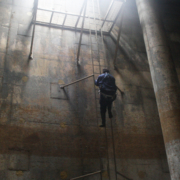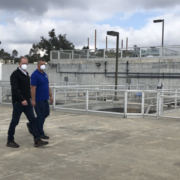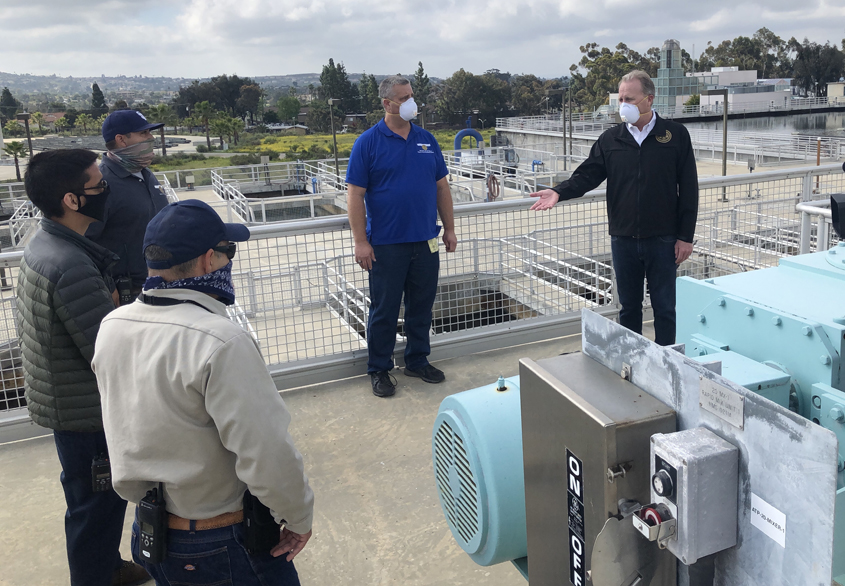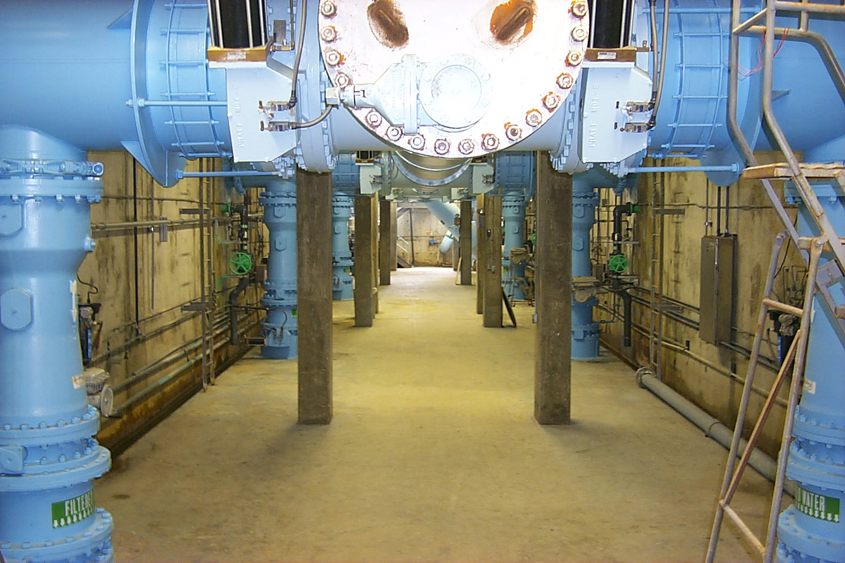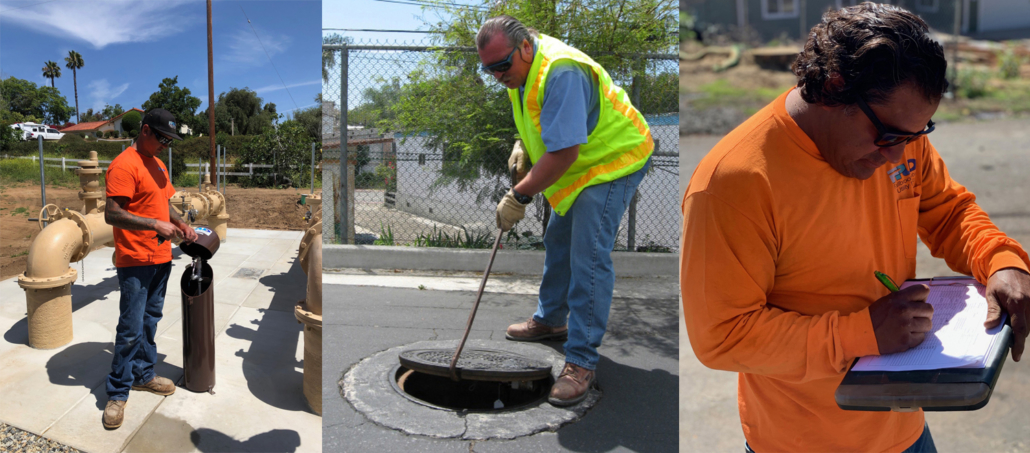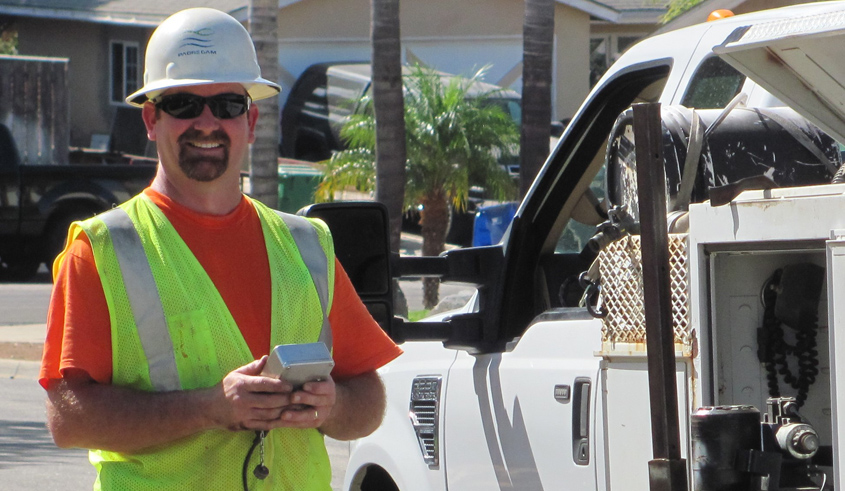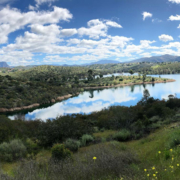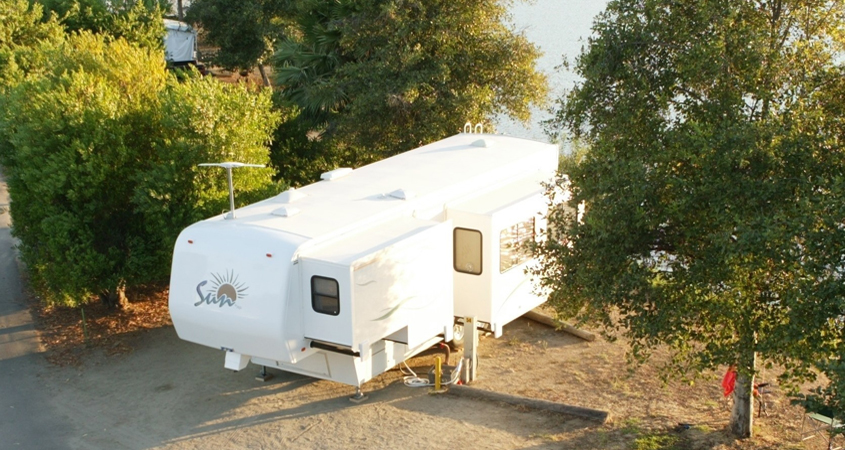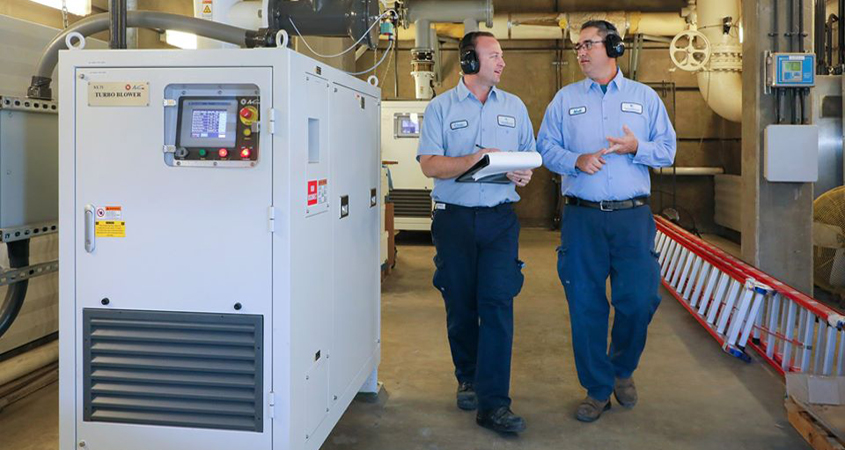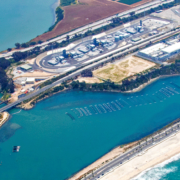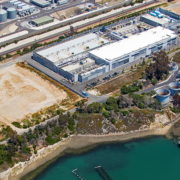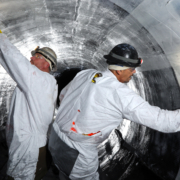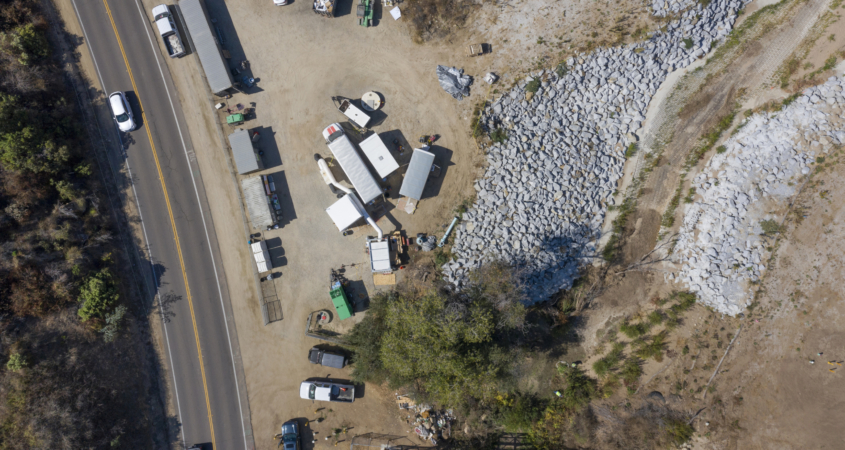Tank Cleaning Program Helps Vallecitos Water District Maintain Safe Water Supply
Seventeen above ground steel tanks and two underground concrete reservoirs play a vital role in the Vallecitos Water District’s mission to provide clean, safe, and reliable water to its 105,000 district residents. Maintenance and cleaning of the tanks and reservoirs is a critically important process.
Without regular washouts, tanks can accumulate large amounts of sediment, prohibiting proper inspections.
California State Water Resources Control Board Division of Drinking Water standards require that tanks must be cleaned every three years.
Vallecitos Water Operations’ team cleans up to six tanks annually. Regulations call for the district’s six certified water operators to empty and enter the tanks for inspection to ensure there is no structural damage or other concerns prior to the tank washout to ensure continued operation of the water distribution system. Vallecitos adheres to a strict inspection schedule as part of its preventative maintenance program.
“We want customers to know we’re being diligent protecting the water infrastructure,” said Richie Arballo, senior water systems operator. “If we find an issue where a tank needs to be refurbished, we want to correct it as soon as possible, before it becomes an emergency.”
Coordinating tank cleaning a complex operation
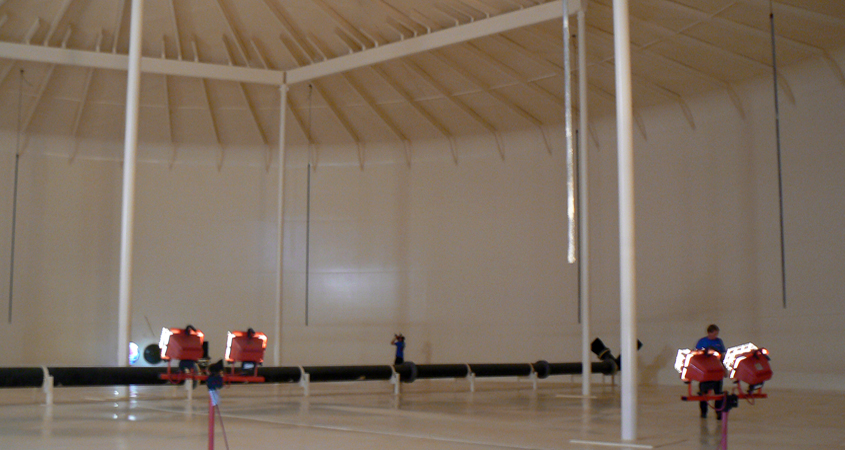
The drained interior of a Vallecitos Water District tank during the cleaning and inspection process. Photo: Vallecitos Water District
Vallecitos staff schedules tank cleaning during winter months when water demand decreases. Initial steps include how to best reroute water delivery while tanks are taken out of service for cleaning. After the tank is drained, water operations staff enter the tank for a thorough inspection, followed by cleaning and disinfection.
When the process is complete, staff refills the tank near its spill level and allows the water to stand for 24 hours before conducting water quality analysis. Once lab results are reported and submitted to the state’s Division of Drinking Water, it will determine when the tank can be placed back in service.
Tank cleaning began in March but was put on hold due recent rains and the coronavirus pandemic, with the the need for physical distancing. See the cleaning process depicted in this video.
Safety and environmental stewardship
During draining, water is discharged to a storm drain or dirt area where it is absorbed back into the ground naturally. Once the tank is removed from service, it is isolated from the water distribution system. Valves are secured and double-checked to be sure they are completely closed. Staff members wear respiratory protection due to chemicals used during the disinfection of the tank interior.
Cleaning and disinfecting the large reservoirs requires teamwork. The Water Operations team calls on staff from the Vallecitos Water District Collections and Construction departments to augment and support its personnel.
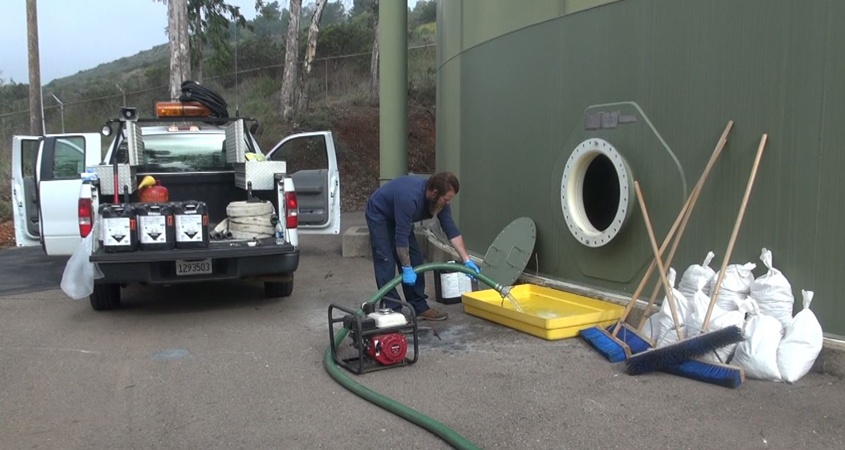
Vallecitos Water District employee Joey Shore cleans of the district’s 17 steel tanks. Photo: Vallecitos Water District
“When we all work together it really shows how much of a team we are here at the District,” said Shawn Askine, water systems supervisor. “We are very fortunate at Vallecitos to have employees willing to come out and help us clean the tanks properly and effectively, so we are utilizing customer dollars as efficiently as possible.”
Due to the amount of equipment and coordination required, the Vallecitos Water District created a customized trailer specifically for conducting tank cleaning. The small investment allows all required equipment to be stored on the trailer, ready to go on the day of the scheduled cleaning. The trailer and equipment significantly streamline the process and ensures all parts, fittings, and washout equipment are available to get the job done effectively.

